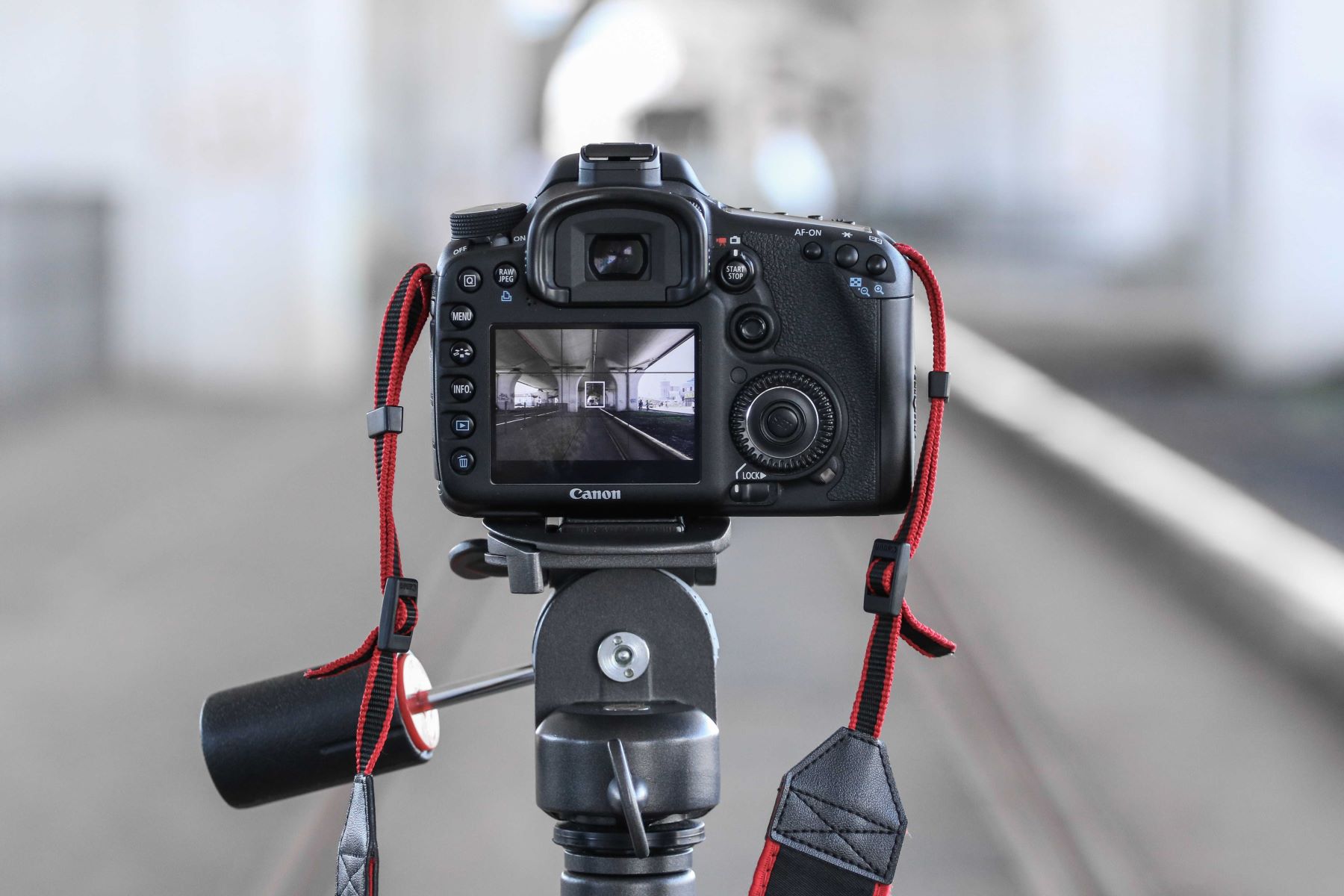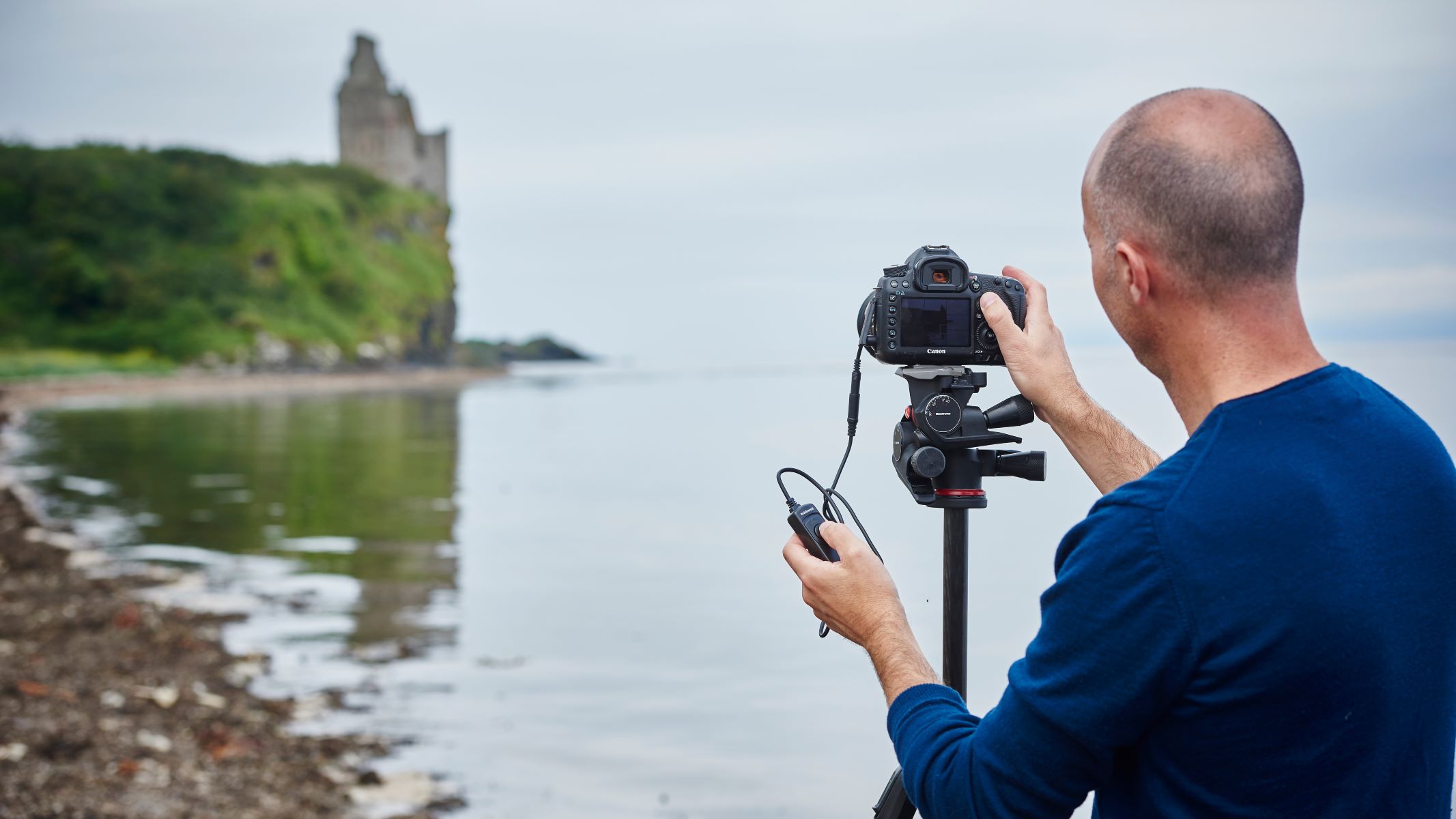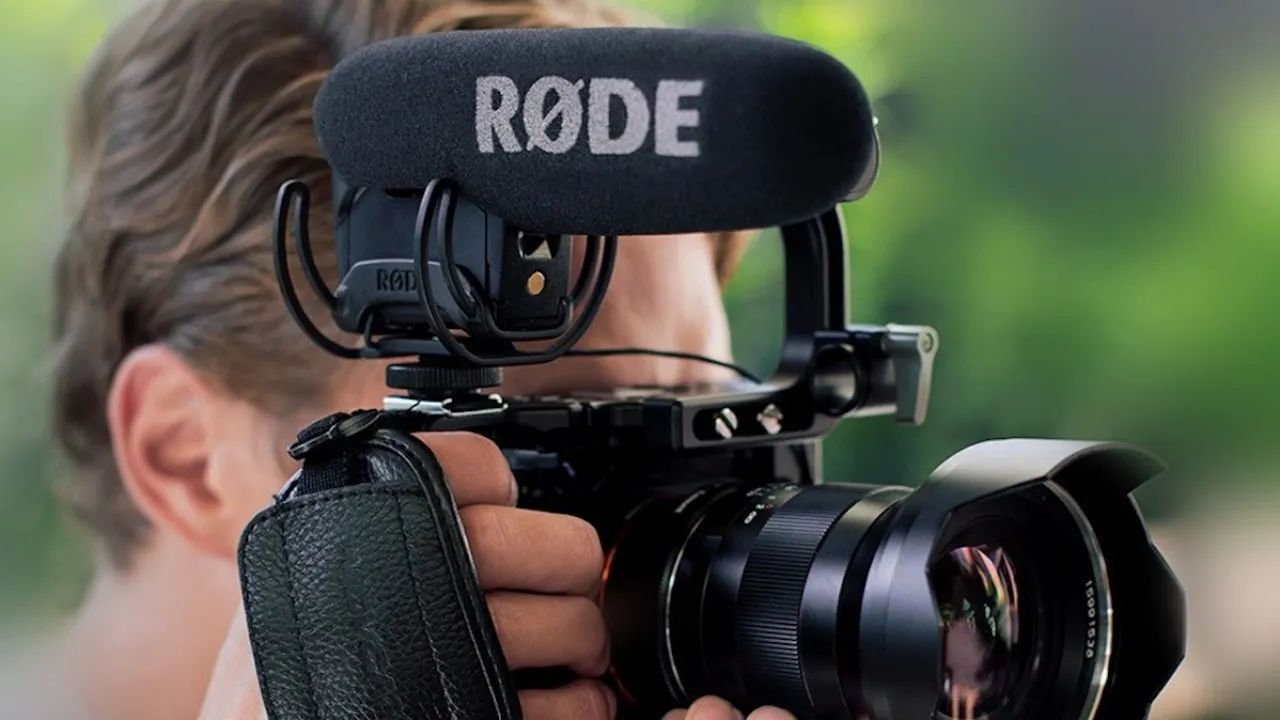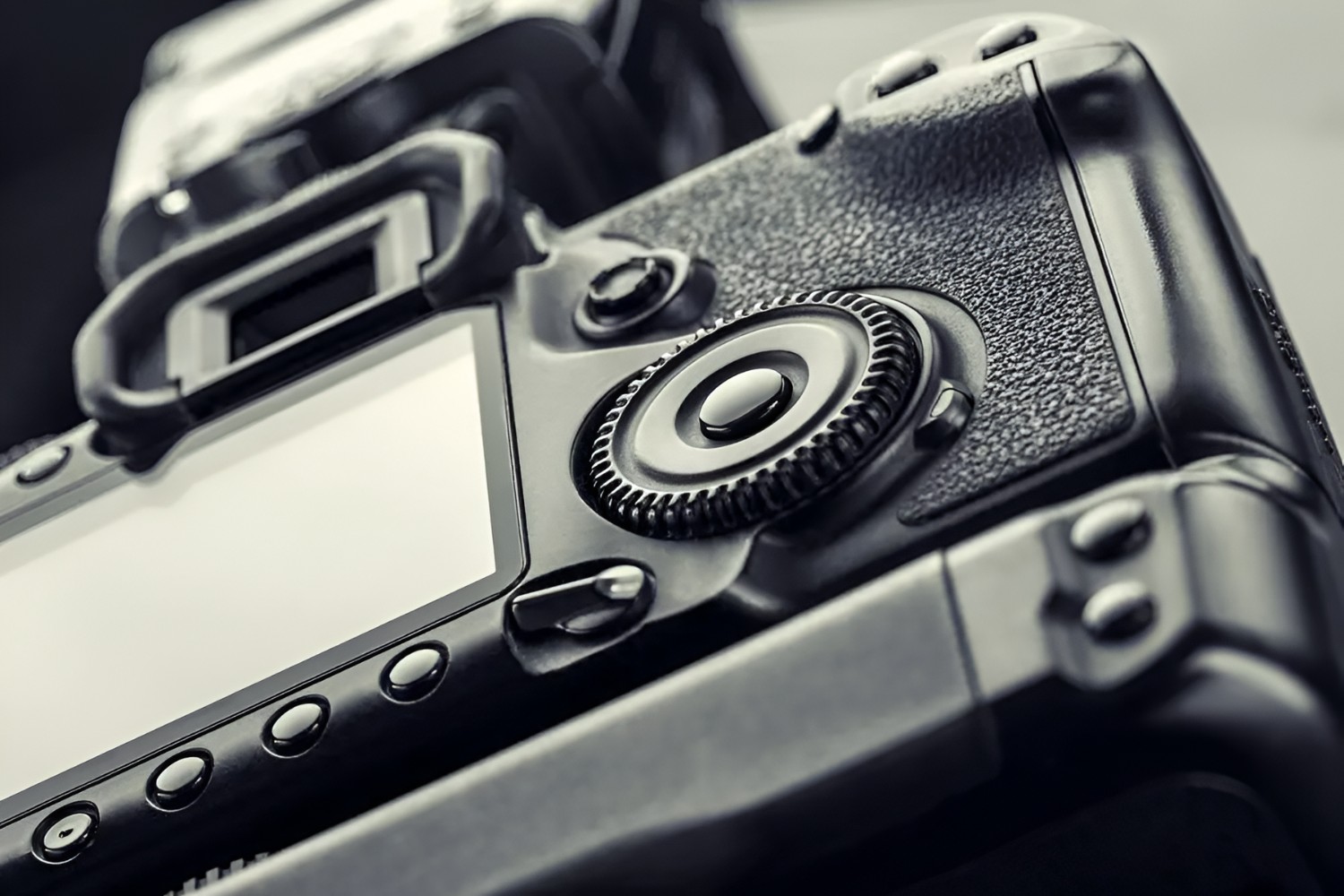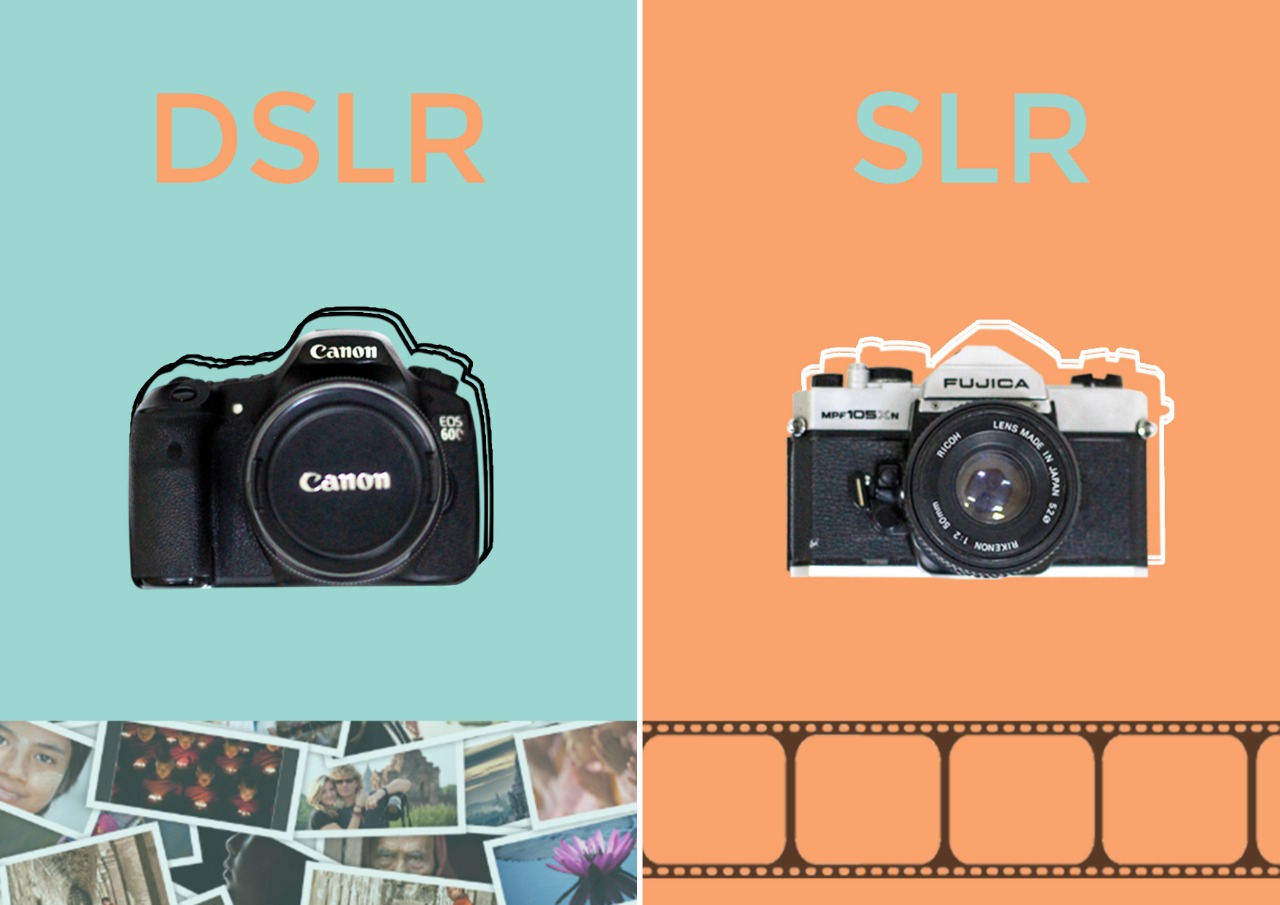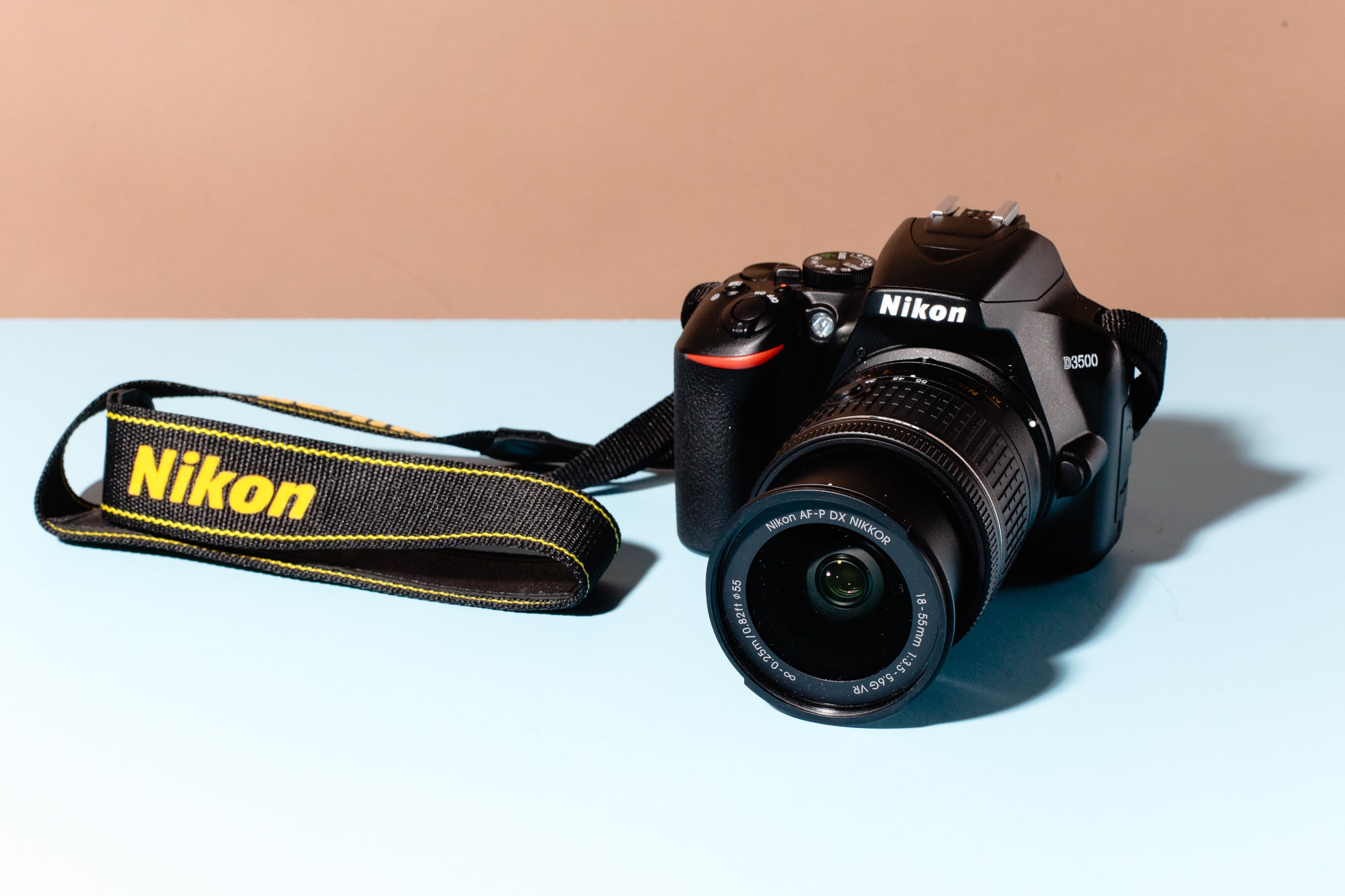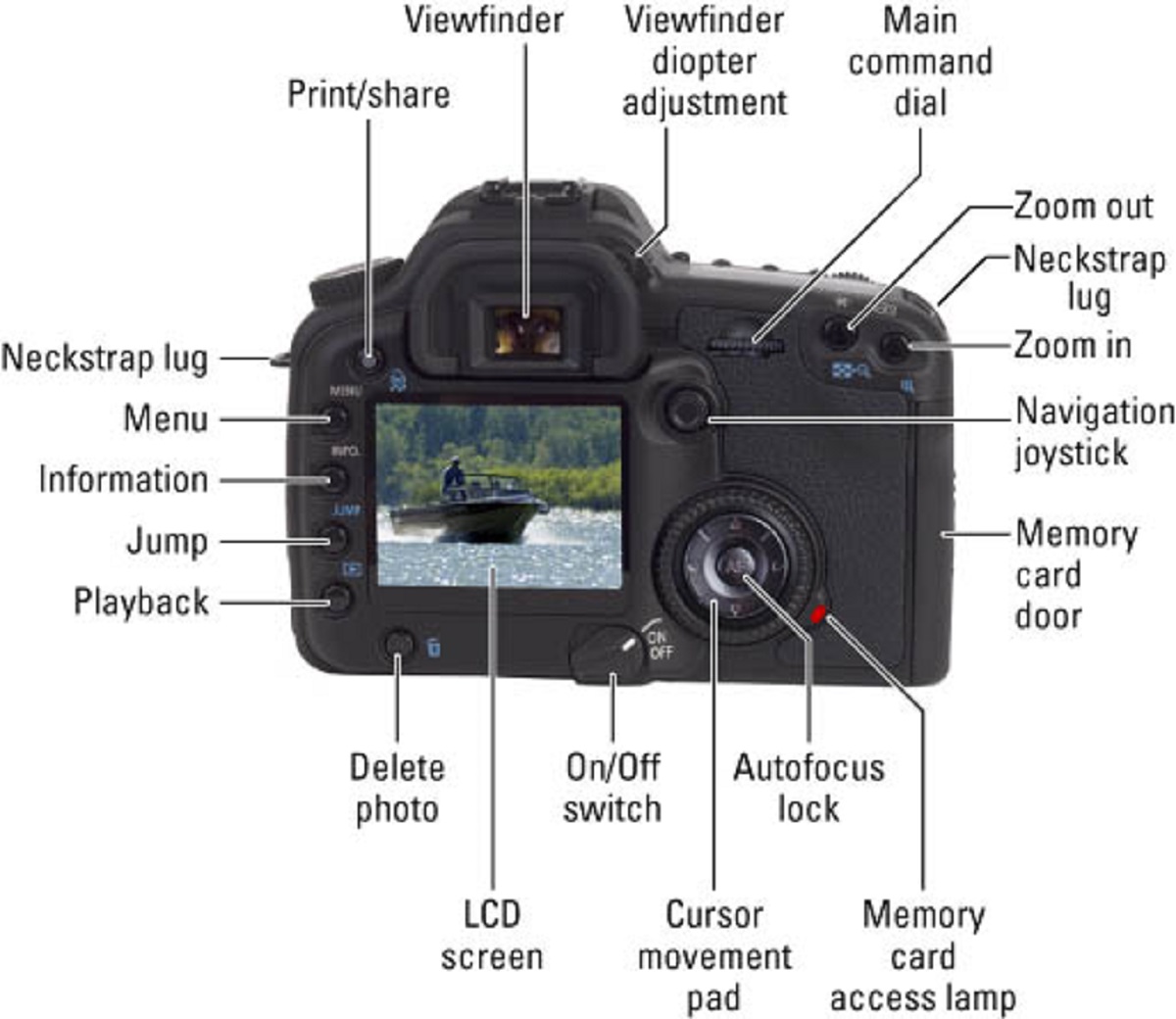Introduction
Understanding the Different Modes on a DSLR Camera
If you're new to the world of photography or have recently upgraded to a DSLR camera, you may have noticed the array of mode options available. Each mode is designed to offer a specific level of control over the camera's settings, allowing photographers to capture images in various lighting conditions and scenarios. Understanding the different modes on a DSLR camera is crucial for harnessing the full potential of your device and unleashing your creativity.
Photography enthusiasts often begin their journey with the automatic mode, which simplifies the process by making most of the settings decisions for them. As they gain confidence and knowledge, they can gradually transition to more advanced modes, such as aperture priority, shutter priority, and manual mode. Each mode empowers photographers to manipulate specific settings, such as aperture, shutter speed, and ISO, to achieve their desired photographic results.
In this guide, we will explore the various modes found on DSLR cameras, shedding light on their unique features and the creative opportunities they offer. Whether you're aiming to freeze fast-paced action, achieve a shallow depth of field for captivating portraits, or take long exposure shots of stunning nightscapes, understanding these modes will equip you with the skills to capture breathtaking images in any situation. So, let's embark on this enlightening journey through the diverse modes available on DSLR cameras, and unlock the potential to elevate your photography to new heights.
Auto Mode: Effortless Point-and-Shoot Photography
Auto mode, often denoted by a green square on the mode dial of DSLR cameras, is the go-to setting for beginners and casual photographers. This mode is designed to simplify the picture-taking process by allowing the camera to make most of the critical decisions regarding exposure, focus, and other settings. When using auto mode, the camera analyzes the scene and selects the appropriate aperture, shutter speed, ISO, and white balance settings to produce a well-exposed image.
One of the key advantages of auto mode is its convenience. It enables users to capture images without having to delve into the technical aspects of photography, making it ideal for spontaneous snapshots and quick, hassle-free shooting. This mode is particularly useful for beginners who are still familiarizing themselves with the basic functions of their DSLR camera and may feel overwhelmed by the multitude of settings and options available.
While auto mode offers simplicity and ease of use, it comes with limitations. Users have minimal control over creative aspects such as depth of field, motion blur, and exposure compensation. Additionally, the camera’s automatic settings may not always align with the photographer’s artistic vision, resulting in images that lack the desired impact or style.
Despite its limitations, auto mode serves as a valuable starting point for individuals new to DSLR photography, allowing them to capture decent images while gradually gaining confidence and understanding of the camera’s capabilities. As photographers progress in their journey, they often find themselves venturing into the realm of semi-automatic and manual modes to exercise greater creative control and precision over their shots.
For those seeking a straightforward and uncomplicated approach to photography, auto mode is a reliable option. However, as you continue to explore the potential of your DSLR camera, delving into the more advanced modes will open up a world of creative possibilities and elevate the quality of your photographic endeavors.
Program Mode: Versatile Control with Automation
Program mode, often represented by the letter "P" on the mode dial of DSLR cameras, strikes a balance between automation and user control. In this mode, the camera sets the aperture and shutter speed based on the scene’s lighting conditions and the selected ISO, while still allowing the photographer to make adjustments to other settings such as exposure compensation, flash, and white balance.
One of the key advantages of program mode is its flexibility. It provides a level of automation that simplifies the shooting process, making it suitable for a wide range of photographic situations. Whether you’re capturing portraits, landscapes, or street scenes, program mode ensures that the camera’s settings adapt to the specific requirements of each scenario, allowing for quick and efficient image capture.
Photographers who are transitioning from auto mode to more advanced settings often find program mode to be a natural progression. It offers a degree of creative control without overwhelming users with the complexities of manual adjustments. This mode serves as a stepping stone for individuals who wish to experiment with different shooting conditions and gain a deeper understanding of how various settings impact the final image.
While program mode automates the selection of aperture and shutter speed, it also empowers photographers to fine-tune other parameters to achieve their desired results. This level of customization makes program mode a versatile choice for photographers who seek a balance between automation and creative input, allowing them to explore their artistic vision while benefiting from the camera’s intelligent exposure calculations.
As photographers continue to refine their skills and develop their creative style, program mode remains a valuable tool in their repertoire. Its ability to streamline the shooting process while offering room for customization makes it a go-to option for capturing diverse subjects and scenes. Whether you’re an enthusiast exploring the capabilities of your DSLR camera or a seasoned photographer looking for a reliable shooting mode, program mode delivers the flexibility and control needed to produce compelling images in a variety of settings.
Aperture Priority Mode: Mastering Depth of Field
Aperture priority mode, often denoted by "A" or "Av" on the mode dial of DSLR cameras, grants photographers precise control over the aperture setting while the camera automatically adjusts the shutter speed to maintain proper exposure. This mode is particularly favored by photographers who prioritize manipulating depth of field to achieve striking visual effects in their images.
One of the primary advantages of aperture priority mode is its emphasis on creative control. By allowing users to set the desired aperture value, the mode enables photographers to dictate the depth of field in their images. This level of control is instrumental in crafting visually compelling photographs, whether it involves isolating a subject with a shallow depth of field or capturing a sweeping landscape with a deep, expansive focus.
Photographers often turn to aperture priority mode when they seek to convey a specific mood or aesthetic through their images. The ability to adjust the aperture settings empowers them to create captivating bokeh effects, where the background is delicately blurred to draw attention to the main subject, or to capture expansive, sharp landscapes with a wide depth of field. This level of creative expression elevates the visual impact of the photographs, allowing photographers to convey their artistic vision with precision.
Furthermore, aperture priority mode serves as a valuable tool for photographers working in dynamic or changing lighting conditions. By prioritizing the aperture setting, photographers can maintain consistent depth of field across a series of shots, even as the lighting shifts. This feature is particularly beneficial in portrait photography, where maintaining a consistent background blur can enhance the visual cohesiveness of a series of images.
As photographers delve into the realm of aperture priority mode, they gain a deeper understanding of the relationship between aperture, depth of field, and overall image composition. This mode not only facilitates the technical aspects of photography but also encourages photographers to explore the artistic implications of manipulating aperture settings to convey their intended narrative or visual impact.
For photographers seeking to harness the power of depth of field as a creative tool, aperture priority mode stands as an invaluable asset. Its seamless integration of creative control and automated exposure adjustments equips photographers with the means to capture visually compelling images that resonate with depth and artistry.
Shutter Priority Mode: Capturing Motion with Precision
Shutter priority mode, often indicated by the letter "S" or "Tv" on the mode dial of DSLR cameras, empowers photographers to take precise control over the shutter speed while the camera automatically adjusts the aperture to maintain proper exposure. This mode is particularly advantageous when capturing subjects in motion or when deliberate motion blur effects are desired.
One of the primary benefits of shutter priority mode is its ability to freeze or emphasize motion. By allowing photographers to set the desired shutter speed, the mode enables them to dictate how motion is rendered in their images. Whether it involves freezing the action of a fast-moving subject with a high shutter speed or conveying a sense of dynamic motion through intentional blur with a slower shutter speed, this mode offers unparalleled control over the portrayal of movement in photographs.
Photographers often turn to shutter priority mode when capturing dynamic subjects such as sports, wildlife, or street photography, where the ability to control motion is essential. The mode empowers photographers to adapt to changing conditions and swiftly adjust the shutter speed to achieve the desired visual impact, whether it entails capturing the split-second intensity of a sports moment or conveying the fluidity of a moving subject through deliberate blur.
Furthermore, shutter priority mode serves as a valuable tool for creative expression. By manipulating the shutter speed, photographers can craft images that evoke a sense of energy, drama, or tranquility, depending on how motion is portrayed. This level of creative control allows photographers to infuse their images with a distinct visual narrative, capturing the essence of movement in a way that resonates with viewers.
As photographers delve into the realm of shutter priority mode, they gain a deeper understanding of the relationship between shutter speed, motion, and visual storytelling. This mode not only facilitates the technical aspects of photography but also encourages photographers to explore the artistic implications of manipulating shutter speed to convey emotion, energy, and narrative impact.
For photographers seeking to master the art of capturing motion with precision and creativity, shutter priority mode stands as an invaluable asset. Its seamless integration of control over motion and automated exposure adjustments equips photographers with the means to convey dynamic visual stories that resonate with vitality and expressive power.
Manual Mode: Unparalleled Creative Control and Precision
Manual mode, often represented by the letter "M" on the mode dial of DSLR cameras, provides photographers with complete control over all exposure settings, including aperture, shutter speed, and ISO. This mode is favored by experienced photographers and professionals who seek precise control over every aspect of their image capture process, allowing them to tailor the settings to their specific creative vision.
One of the primary advantages of manual mode is its unparalleled level of creative control. By enabling photographers to independently adjust aperture, shutter speed, and ISO, this mode empowers them to fine-tune each setting to achieve their desired exposure and visual effects. This level of control is instrumental in crafting images with precise tonal and visual characteristics, ensuring that the photographer’s artistic intent is faithfully translated into the final photograph.
Photographers often turn to manual mode when faced with challenging or unique lighting conditions that demand a customized approach to exposure. Whether it involves capturing high-contrast scenes, managing complex lighting scenarios, or executing long exposure shots, manual mode grants photographers the freedom to adapt their settings with precision, resulting in images that faithfully represent their creative vision.
Furthermore, manual mode serves as a valuable tool for photographers who prioritize technical mastery and a deep understanding of the exposure triangle – the relationship between aperture, shutter speed, and ISO. By actively engaging with each setting and observing its impact on the final image, photographers deepen their technical expertise and gain a comprehensive understanding of the interplay between exposure variables.
As photographers delve into the realm of manual mode, they not only refine their technical skills but also develop a heightened sensitivity to the nuances of exposure and visual aesthetics. This mode encourages photographers to approach image capture as a deliberate and thoughtful process, where every setting is meticulously tailored to convey a specific mood, tone, and narrative in the final photograph.
For photographers seeking to exercise complete creative control and technical precision in their image capture process, manual mode stands as an indispensable tool. Its seamless integration of manual adjustments and the photographer’s artistic vision equips photographers with the means to produce images that reflect their mastery of exposure and their unique visual perspective.
Bulb Mode: Long Exposures and Creative Possibilities
Bulb mode, often denoted as "B" on the mode dial of DSLR cameras, is a specialized setting that allows photographers to take long exposures beyond the typical shutter speed limitations. This mode is particularly valuable for capturing scenes in low light conditions, creating stunning light trails, and exploring the creative potential of extended exposure times.
One of the key advantages of bulb mode is its ability to facilitate long exposures, making it an essential tool for photographers who seek to capture intricate details in low light or experiment with light painting techniques. By activating bulb mode, the camera’s shutter remains open for as long as the shutter release button is held down, allowing photographers to control the duration of the exposure manually. This feature is instrumental in capturing star trails, fireworks, cityscapes at night, and other captivating long exposure subjects.
Photographers often turn to bulb mode when they wish to convey a sense of movement, time, or ethereal light in their images. The extended exposure times afforded by bulb mode enable photographers to capture the passage of time in a single frame, resulting in visually compelling photographs that convey a unique sense of atmosphere and dynamism. Whether it involves capturing the graceful movement of flowing water or the mesmerizing trails of light in a nighttime urban setting, bulb mode offers boundless creative opportunities.
Furthermore, bulb mode serves as a valuable tool for photographers who seek to experiment with light painting techniques, where controlled light sources are used to create intricate patterns and designs within a long exposure. By utilizing bulb mode in conjunction with light sources such as flashlights, sparklers, or colored gels, photographers can craft visually arresting images that showcase their creativity and mastery of light and exposure.
As photographers explore the realm of bulb mode, they not only refine their technical skills but also delve into the realm of artistic experimentation and visual storytelling. This mode encourages photographers to push the boundaries of traditional exposure techniques, opening the door to a world of creative expression and inventive image-making.
For photographers seeking to harness the creative potential of long exposures and light painting, bulb mode stands as an indispensable feature. Its seamless integration of extended exposure times and manual control equips photographers with the means to capture captivating images that transcend the constraints of traditional shutter speeds, opening up a realm of creative possibilities in the realm of long exposure photography.
Custom Modes: Personalized Settings for Efficient Shooting
Custom modes, often denoted as "C" on the mode dial of DSLR cameras, offer photographers the ability to save and access personalized combinations of settings for efficient shooting in specific scenarios. These modes allow photographers to store their preferred configurations, including aperture, shutter speed, ISO, white balance, and other parameters, streamlining the process of switching between different shooting conditions without the need for manual adjustments.
One of the primary advantages of custom modes is their capacity to enhance workflow efficiency. By enabling photographers to preconfigure settings tailored to specific shooting scenarios, custom modes expedite the process of transitioning between different environments or styles of photography. Whether it involves quickly adapting to changing lighting conditions, capturing fast-paced action, or seamlessly transitioning from still photography to video recording, custom modes provide a seamless and efficient solution.
Photographers often leverage custom modes to optimize their shooting experience in diverse settings, such as sports, wildlife, events, and studio photography. By predefining settings that align with the demands of each scenario, photographers can focus on capturing the moment without the interruption of manually adjusting multiple parameters. This level of customization empowers photographers to maintain their creative momentum and seize opportunities with precision and confidence.
Furthermore, custom modes serve as a valuable tool for photographers who frequently switch between different shooting styles or environments. Whether it involves transitioning from handheld photography to tripod-mounted long exposures, adjusting settings for varied lighting conditions, or seamlessly switching between single shot and continuous shooting modes, custom modes provide a seamless solution for adapting to diverse shooting requirements.
As photographers explore the capabilities of custom modes, they not only streamline their shooting process but also cultivate a deeper understanding of their preferred shooting configurations and the nuances of different shooting scenarios. This mode encourages photographers to fine-tune their settings to align with their unique shooting style and preferences, fostering a more intuitive and personalized approach to image capture.
For photographers seeking to optimize their shooting experience and streamline the process of adapting to diverse shooting conditions, custom modes stand as a valuable asset. Their seamless integration of personalized settings and efficient shooting workflows equips photographers with the means to navigate the complexities of varied shooting scenarios with ease, precision, and adaptability.









